5 Steps to Size-Up an EMS Call

It is vitally important and increases the odds of saving a life when we as the fire/ems service understand and perform a quick, complete and efficient EMS scene size-up.
As a Paramedic, EMS officer, Fire Officer and EMS instructor, I find very few providers understand the scene size-up process of the medical assessment skill sheet. They seem confused about when it should occur and what should be covered in it. The call begins at dispatch and the way we perform a “Medical Dispatch Size Up” can assist in improving patient outcomes and assist in keeping us safe
This article addresses those needs so that we can be more proficient in our duties and skill sets.
Step 1 – Scene Safety and Body Substance Isolation (BSI)
These tasks go together and seem simple to say but we must remember to actually perform them. Every scenario starts the same way, scene safety, and BSI. Let us not just spit the words out, let us actually answer the questions. Where is the call located and what could happen.
- Where is the call located and what could happen?
- Is this a high-risk area? (Example: A response on a highway, a hostile environment, riots, gang activity, or a chemical spill, etc.)
- Is this a high-risk call? ( Like response on a highway or to a domestic dispute)
- What do I need to be prepared for and aware of on the bigger picture of the overall scene not just the patient?
Here is a time when we use our instincts, our “gut feeling”, to keep us safe. Are we responding to an alleyway for a 22-year-old altered mental status or are we responding to an 85-year-old male with chest pain at his residence?
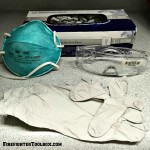 The next item to address is proper BSI. Please remember that sometimes gloves are not just enough. We do not walk into a fire without proper personal protective gear, so do not walk into a medical call without proper BSI.
The next item to address is proper BSI. Please remember that sometimes gloves are not just enough. We do not walk into a fire without proper personal protective gear, so do not walk into a medical call without proper BSI.
Consider goggles on bad trauma calls; do not forget our N95 masks for respiratory diseases that could be contagious. These tasks should be considered when reviewing the dispatch information, if you wait to consider these tasks until you are on scene, it could be too late
Step 2 – Mechanism of Injury (MOI) or Nature of Illness (NOI)
What is wrong with this patient and what kind of assessment will I be performing? MOI is the mechanism that caused the injury or the complaint. Does the patient have a stubbed toe or does the patient have chest and hip pain from a fall off of the roof?
Considering this will have MOI is the mechanism that caused the injury or the complaint. Does the patient have a stubbed toe or does the patient have chest and hip pain from a fall off of the roof? Considering this will have an effect on other parts of our size up.
MOI is the mechanism that caused the injury or the complaint. Does the patient have a stubbed toe or does the patient have chest and hip pain from a fall off of the roof? Considering this will have MOI is the mechanism that caused the injury or the complaint. Does the patient have a stubbed toe or does the patient have chest and hip pain from a fall off of the roof? Considering this will have an effect on other parts of our size up.
Considering this will have MOI is the mechanism that caused the injury or the complaint. Does the patient have a stubbed toe or does the patient have chest and hip pain from a fall off of the roof? Considering this will have an effect on other parts of our size up.
In the event of a medical complaint, find the complaint dispatch reports and began a rule-out-checklist in your head. Let’s consider a 72-year-old male patient complaining of shortness of breath. Consider three illnesses that may cause the complaint. Letís go with congestive heart failure (CHF), chronic obstructive pulmonary disease (COPD), and Pneumonia. We will keep these ìrule outsî in mind for the next article that will cover the ABC’s of the primary assessment
Let’s consider a 72-year-old male patient complaining of shortness of breath. Consider three illnesses that may cause the complaint. Let’s go with congestive heart failure (CHF), chronic obstructive pulmonary disease (COPD), and Pneumonia. We will keep these “rule-outs” in mind for the next article that will cover the ABC’s of the primary assessment
Step 3 – Number and Location of Patients
This information is important because it will determine our needs in step 4 of the size up. The information may also make us reconsider our original scene safety decision. Here we can use the examples of multiple patients unconscious in the lab, multiple individuals involved in a street brawl, or one patient in their residence.
Step 4 – Need for Additional Resources
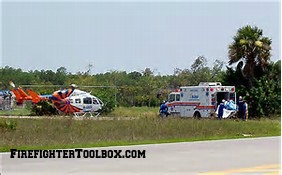 Utilize the past information to come to a conclusion of this question. A patient is complaining of NOI chest pain and is located 50 minutes from the cardiac center. This would be the time where we could put air transport on standby. If one patient is located on the fifth floor of a building without an elevator, we would need more personnel to assist in carrying the patient and our equipment down. Is the dispatch sounding like a motor vehicle accident? Utilize law enforcement for traffic control. Maybe we are a basic life support system and we will call for advanced life support resources. Much like firefighting, do not be afraid to ask for resources, you can always cancel them. We want the resources to arrive as soon as possible to provide a better outcome for the patient. I much rather have them and not need them than need them and not have them.
Utilize the past information to come to a conclusion of this question. A patient is complaining of NOI chest pain and is located 50 minutes from the cardiac center. This would be the time where we could put air transport on standby. If one patient is located on the fifth floor of a building without an elevator, we would need more personnel to assist in carrying the patient and our equipment down. Is the dispatch sounding like a motor vehicle accident? Utilize law enforcement for traffic control. Maybe we are a basic life support system and we will call for advanced life support resources. Much like firefighting, do not be afraid to ask for resources, you can always cancel them. We want the resources to arrive as soon as possible to provide a better outcome for the patient. I much rather have them and not need them than need them and not have them.
If one patient is located on the fifth floor of a building without an elevator, we would need more personnel to assist in carrying the patient and our equipment down. Is the dispatch sounding like a motor vehicle accident? Utilize law enforcement for traffic control. Maybe we are a basic life support system and we will call for advanced life support resources. Much like firefighting, do not be afraid to ask for resources, you can always cancel them. We want the resources to arrive as soon as possible to provide a better outcome for the patient. I much rather have them and not need them than need them and not have them.
Utilize law enforcement for traffic control. Maybe we are a basic life support system and we will call for advanced life support resources. Much like firefighting, do not be afraid to ask for resources, you can always cancel them. We want the resources to arrive as soon as possible to provide a better outcome for the patient. I much rather have them and not need them than need them and not have them.
Step 5 – Consider Cervical Spine Immobilization
This item is not something we utilize for a NOI however, if dispatch information states shortness of breath and we show up on-scene and the patient is having shortness of breath due to falling off of a step stool, we may change our decision to immobilize the patient. We would consider immobilization of this patient if there was a complaint of trauma or a MOI. Please remember that this can change upon arrival and just because you say it does not mean you need to do it.
Remember, we utilize our medical guidelines/protocols for patient treatment and we perform a medical dispatch/ EMS call size up to help save time and assist in providing better patient care.
Stay safe and keep learning. Share your thoughts with me below in the comments section.

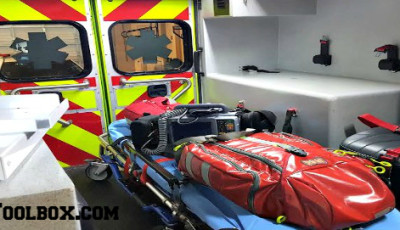
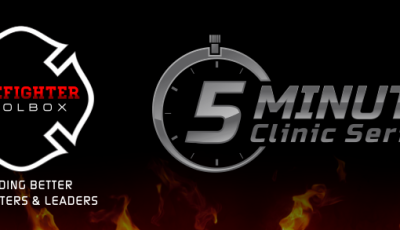

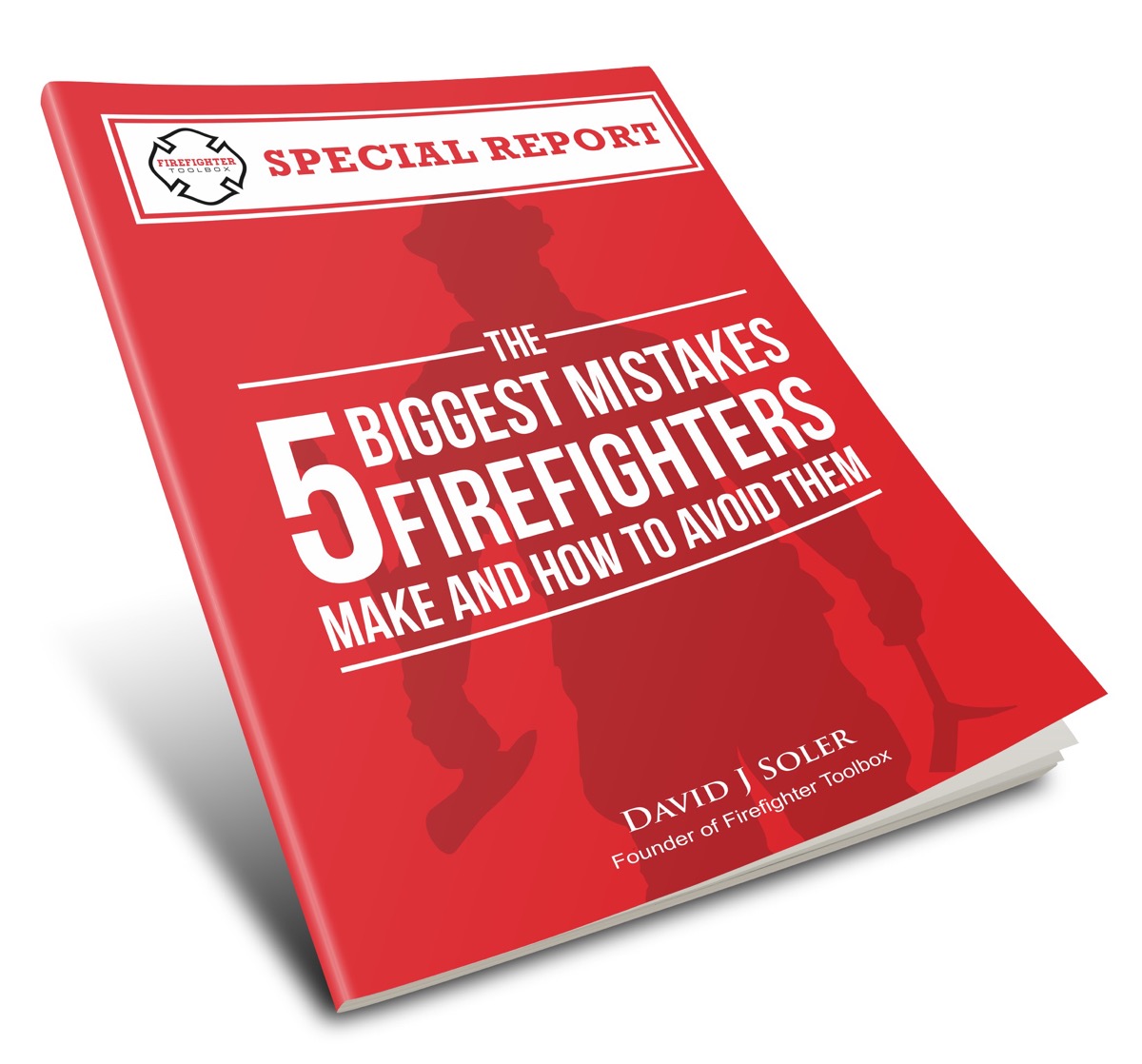
Joseph, You need to have someone proof read your posts!
I appreciate your feedback and would love the opportunity to discuss this with you further. I am learning and this is still new to me but I definitely want to improve. If you read this please contact me via email: [email protected]. I look forward to your assistance and look forward to improving every day. Thanks for your comment and I hope you talk with you in the near future.